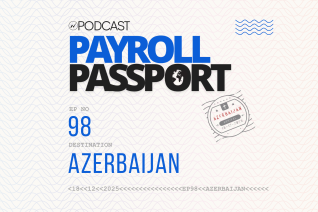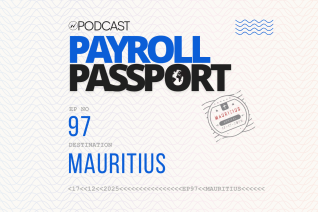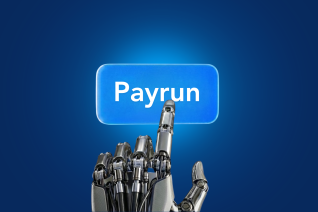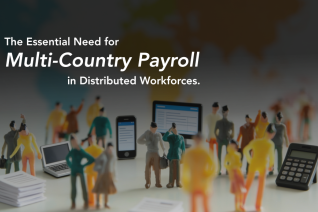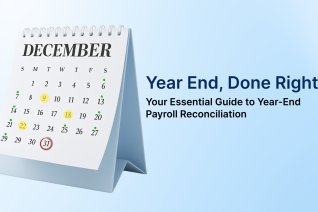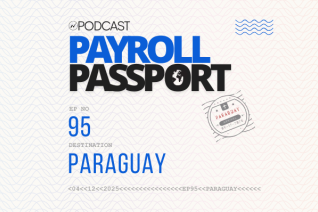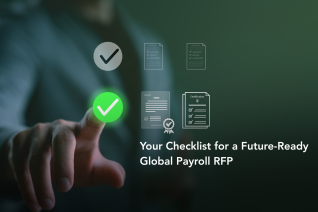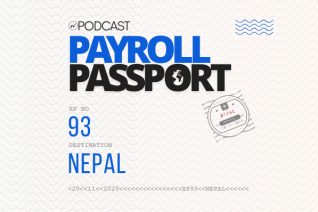Data Migration and Integration: Best Practices in HR Processes
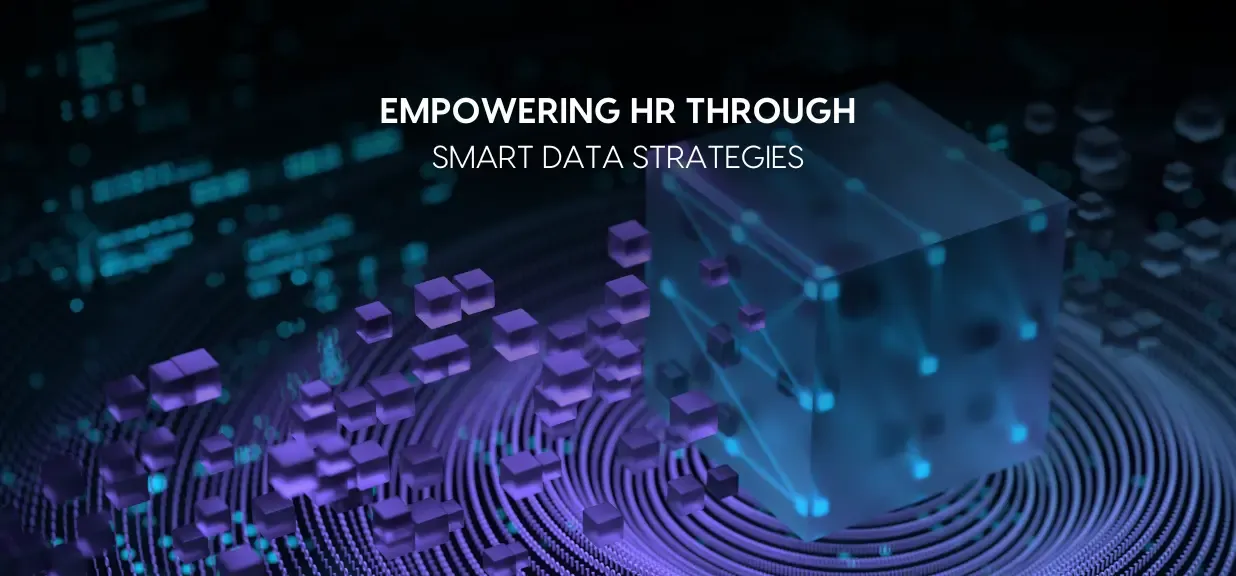
In an era where data is an organization's lifeblood, the ability to seamlessly transfer information between different storage systems, databases, applications, or even entire data centers is paramount.
Imagine a scenario where your data moves effortlessly, maintaining its integrity and consistency across all platforms. This is not just a dream but a reality with careful planning and execution. A well-crafted strategy can save organizations significant time and money while protecting valuable employee data. Companies like Neeyamo excel in making this complex process smooth and successful, ensuring that your data migration journey is not only efficient but also transformative.
In the dynamic world of human resources, consolidating employee information from various sources into a unified system is a game-changer. Imagine a seamless data flow between HR applications, enhancing accuracy, accessibility, and efficiency. This is the promise of HR data integration. By leveraging this process, companies like Neeyamo can uncover trends and optimize workforce management strategies, ultimately boosting departmental productivity. Key benefits include breaking down silos, enhancing security, creating intuitive visualizations, and enabling smart analyses and future planning.
Here are a few of the most important practices that Neeyamo follows, which show its capability and capacity, and also build trust.
1. Planning and Assessment
Before starting, make a detailed plan. Write down each step, set clear timelines, and assign responsibilities. Neeyamo stays organized and prepared for any challenges that may arise. It’s essential to conduct a thorough assessment of the existing data and systems. This includes:
- Data Inventory: Catalog all HR data, including employee records, payroll information, benefits, and performance data.
- Data Quality: Assess the data quality to identify any inconsistencies, duplicates, or outdated information.
- Requirements Analysis: Define the goals and requirements of the migration project, including compliance with legal and regulatory standards.
2. Preparing Data
Look into current data to find any mistakes or duplicates. Clean the data to ensure it is accurate and in the same format. This will help avoid discrepancies in the new system. Data cleansing is critical to ensure that only accurate and relevant data is migrated. This involves:
- Removing Duplicates: Identify and eliminate duplicate records to avoid redundancy.
- Correcting Errors: Fix any inaccuracies or inconsistencies in the data.
- Standardizing Data: Ensure data is in a consistent format, which is crucial for integrating new systems.
READ MORE: HR Tech Enabling Seamless Transition to Future of Work
3. Right Tools and Partners
Neeyamo leverages its extensive expertise and seasoned team to carefully choose tools that seamlessly bridge legacy and modern systems. We consistently collaborate with HR data migration specialists, tapping into their experience and insights. This approach is crucial, as selecting appropriate tools and technologies can make or break a data migration and integration project. Key considerations include:
- ETL (Extract, Transform, Load) Tools: These automate the process of extracting data from older systems, transforming it to fit the new system's requirements, and loading it into the target environment.
- Data Integration Platforms: These facilitate seamless integration between various HR systems and applications, ensuring cohesive data flow across the organization.
4. Data Mapping and Transformation
Data mapping involves defining how data fields from the old system correspond to fields in the new system. This step is crucial for:
- Ensuring Data Consistency: Accurate mapping ensures that data is correctly interpreted and utilized in the new system.
- Custom Transformations: Apply any necessary transformations to adapt the data to the new system’s requirements.
5. Testing and validating the data
Neeyamo provides proactive solutions to find and fix issues early, as it's imperative to examine the process of testing along with data validation. Check that the data is accurate so the new system can read and use it properly. This step is crucial to avoid disruptions. Before finalizing the migration, conducting thorough testing and validation is essential to ensure data integrity and functionality. This includes:
- Pilot Testing: Perform a pilot migration with a subset of data to identify any issues.
- Data Validation: Verify that the migrated data is accurate, complete, and functional in the new system.
- User Acceptance Testing (UAT): Involve end-users in testing to ensure that the new system meets their needs and expectations.
6. Data Security and Compliance
During data transfer, Neeyamo prioritizes information security through robust encryption protocols, safeguarding sensitive data, and implementing stringent access controls. Given the confidential nature of HR information, maintaining data integrity and privacy throughout the migration process is critical. Key security measures include:
- Advanced Encryption: Implementing state-of-the-art encryption techniques to protect data in transit and at rest.
- Strict Access Management: Employing role-based access controls to ensure only authorized personnel can view or manipulate sensitive information.
- Compliance Adherence: Aligning all data handling practices with relevant regulations such as GDPR, HIPAA, or other industry-specific standards.
READ MORE: AI-Powered Payroll Compliance: A Smarter Approach to Streamline Your Business
7. Training and Support
Neeyamo keeps everyone informed about the migration process. Let all members of the organization know the timelines and any possible impacts. Also, train the employees on the new system to ensure a smooth transition. Finally, adequate training and support should be provided to HR staff to ensure a smooth transition to the new system. This includes:
- Training Programs: Conduct training sessions to familiarize staff with the new system and processes.
- Ongoing Support: Provide ongoing support to address any issues or questions that arise post-migration.
8. Monitor and Improve
Post-migration, focus on continuous system optimization through vigilant monitoring and user-driven improvements. Employ robust protocols to quickly address issues and gather user feedback, enabling real-time insights and agile enhancements. To maintain the peak performance of HR data processes, follow this three-pronged strategy:
- Real-time performance tracking
- Regular comprehensive audits
- Strategic implementation of improvements
In today's data-driven world, the ability to seamlessly migrate and integrate data is more than just a technical requirement—it's a strategic advantage. Organizations can achieve unparalleled operational efficiency, data accuracy, and insightful analytics by effectively transferring and consolidating data. This process streamlines workflows and empowers decision-makers with real-time, reliable information.
READ MORE: Mastering Data Synchronization: Key to Streamlined Payroll Operations
Moreover, robust data migration and integration practices can break down organizational silos, enhance data security, and facilitate comprehensive data visualization. These capabilities enable businesses to perform smart analyses, forecast trends, and make informed decisions that drive growth and innovation.
A well-executed data migration and integration strategy not only safeguards sensitive HR data but also empowers organizations to harness the full potential of their HR systems, driving better outcomes for both employees and the business. Data migration and integration are not just technical necessities but strategic imperatives.
Organizations can unlock new levels of efficiency, accuracy, and insight by ensuring the seamless transfer and consolidation of data. Whether it's moving data between storage systems or integrating HR information into a unified platform, the benefits are clear: reduced silos, enhanced security, and improved decision-making capabilities.
Companies like Neeyamo exemplify how a well-executed strategy can transform these complex processes into smooth, successful operations. By following best practices and leveraging advanced technologies, they help organizations not only manage their data more effectively but also harness its full potential to drive future growth and innovation.
Latest Resources
Stay informed with latest updates
If you're curious and have a thirst for knowledge pertaining to the HR, payroll, and EOR universe, don't miss out on subscribing to our resources.



